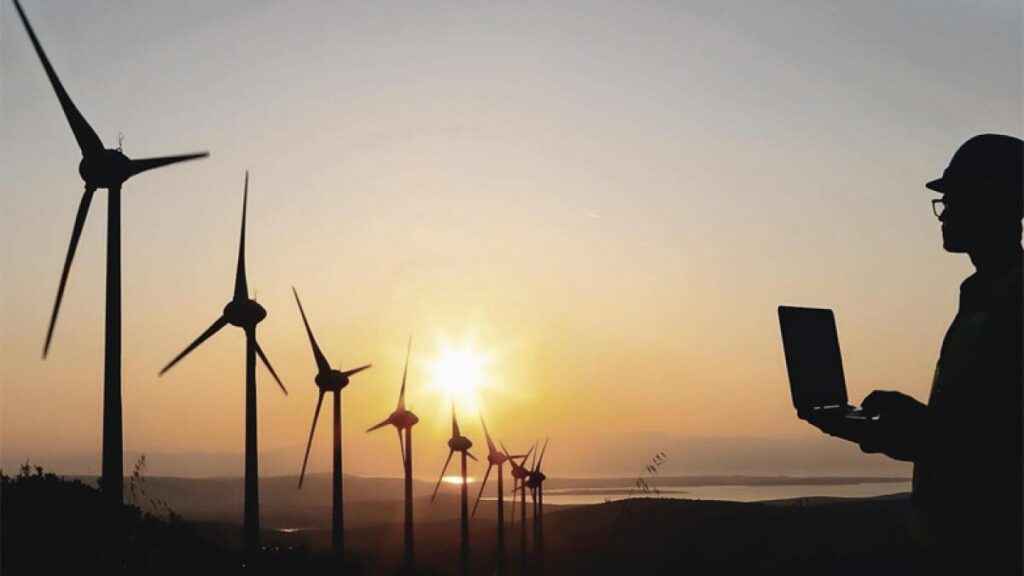The National Hydrogen Strategy aims to turn the UAE into a leading producer and exporter of low-carbon hydrogen by 2031.
The strategy targets reducing carbon emissions by 25 per cent in the next eight years and 100 per cent by 2050 – particularly in hard-to-abate sectors like heavy industries, land transport, aviation, and sea freight.
The goals include producing 1.4 million tonnes per annum (MTPA) of hydrogen by 2031 and 15 MTPA by 2050.
The UAE will also establish a hydrogen research and development centre and several hydrogen oases, such as fuelling stations.
The strategy seeks to develop a resilient hydrogen supply chain to support the growth of the local industry, consolidate the UAE’s role as a leading global producer and supplier of low-carbon hydrogen, promote innovation in industrial zones in the country, and establish a robust hydrogen economy that can support the country’s nationwide decarbonisation efforts. The strategy stresses the significance of economic growth and create thousands of jobs in the hydrogen sector.
Here’re 10
steps and enablers identified within three main stages in the strategy to reach the targets set by 2031:Global collaboration:
Building international partnerships and creating investment opportunities to drive the global transition to a hydrogen economy.
Resources and assets: Leveraging natural resources and existing assets to competitively lead future energy markets.
Climate, safety and social driver: Guiding society to embrace hydrogen and unlocking the common good as a result of global carbon mitigation.
Enabling infrastructure: Creating the infrastructure necessary to link production with demand, accelerating hydrogen availability and utilisation.
Research and innovation: Incubating and accelerating next generation hydrogen technology developments across the value chain.
Policy, regulation and standards: Establishing the legislative mechanisms to support the low-carbon hydrogen transition, including hydrogen certification and guarantees of origin.Finance and investments: Creating an attractive investment environment to support the hydrogen transition, as well as developing green finance mechanisms domestically.Industry development and demand activation: Providing the certainty, predictability and confidence industry needs to transition to hydrogen.
Sustainable commercial and economic models: Achieving and maintaining globally competitive hydrogen pricing through a long-term market driven support mechanism.Skills and education: Nurturing and growing a highly skilled workforce to drive forward the transition to hydrogen.
There are three key phases to implement the 10 enablers:Promote and support the project:
Building global international companies, sustainable business and economic models, industry development and activation.
Comprehensive empowerment of the project: Education and skills development, research and innovation, public awareness and education.
Develop frameworks and guidelines: Preparing policies and standards, allocation of financing and investments, allocation of resources and assets enabling infrastructure.

